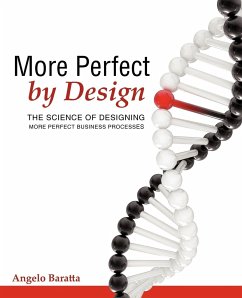Ionic liquids have gained significant attention in the field of catalysis due to their unique properties, such as low volatility, high thermal stability, and tunable physicochemical properties. The computational design of ionic liquid-based catalysts has emerged as a promising approach for developing highly efficient and selective catalysts for industrially relevant chemical reactions. The computational design of ionic liquid-based catalysts involves the use of molecular modeling techniques to predict the structure and properties of the catalyst, as well as to optimize its performance for a specific reaction. The process begins with the identification of an appropriate ionic liquid scaffold that possesses the desired properties, such as solubility, stability, and selectivity for the reaction of interest. Once the scaffold has been identified, molecular dynamics simulations are used to study the interaction between the ionic liquid and the reactant molecules. This allows researchers to gain insights into the mechanism of the reaction and to identify the active site(s) of the catalyst. The results of these simulations can then be used to refine the catalyst structure and optimize its performance. One of the major advantages of the computational design of ionic liquid-based catalysts is that it allows researchers to rapidly screen a large number of candidate catalysts and to predict their performance before experimental synthesis. This can significantly reduce the time and cost involved in catalyst development and can also provide a better understanding of the underlying reaction mechanism. Moreover, computational design can help to identify new catalysts with improved selectivity and activity, which can lead to more sustainable and efficient processes. For example, researchers have used computational design to develop ionic liquid-based catalysts for the selective conversion of biomass to chemicals and fuels, which can potentially reduce the dependence on fossil fuels and mitigate the environmental impact of chemical processes. In addition to the computational design of ionic liquid-based catalysts, there has been increasing interest in using machine learning algorithms to predict the performance of catalysts. Machine learning can analyze large datasets and identify patterns that can be used to predict the properties and performance of catalysts for a specific reaction. This approach can significantly accelerate the discovery of new catalysts and provide a more comprehensive understanding of their structure-activity relationships. In conclusion, the computational design of ionic liquid-based catalysts is a promising approach for developing efficient and selective catalysts for industrially relevant chemical reactions. It allows for rapid screening of candidate catalysts, optimization of their performance, and identification of new catalysts with improved properties. Moreover, the combination of computational design and machine learning can provide a more comprehensive understanding of catalyst performance and accelerate the discovery of new catalysts.







